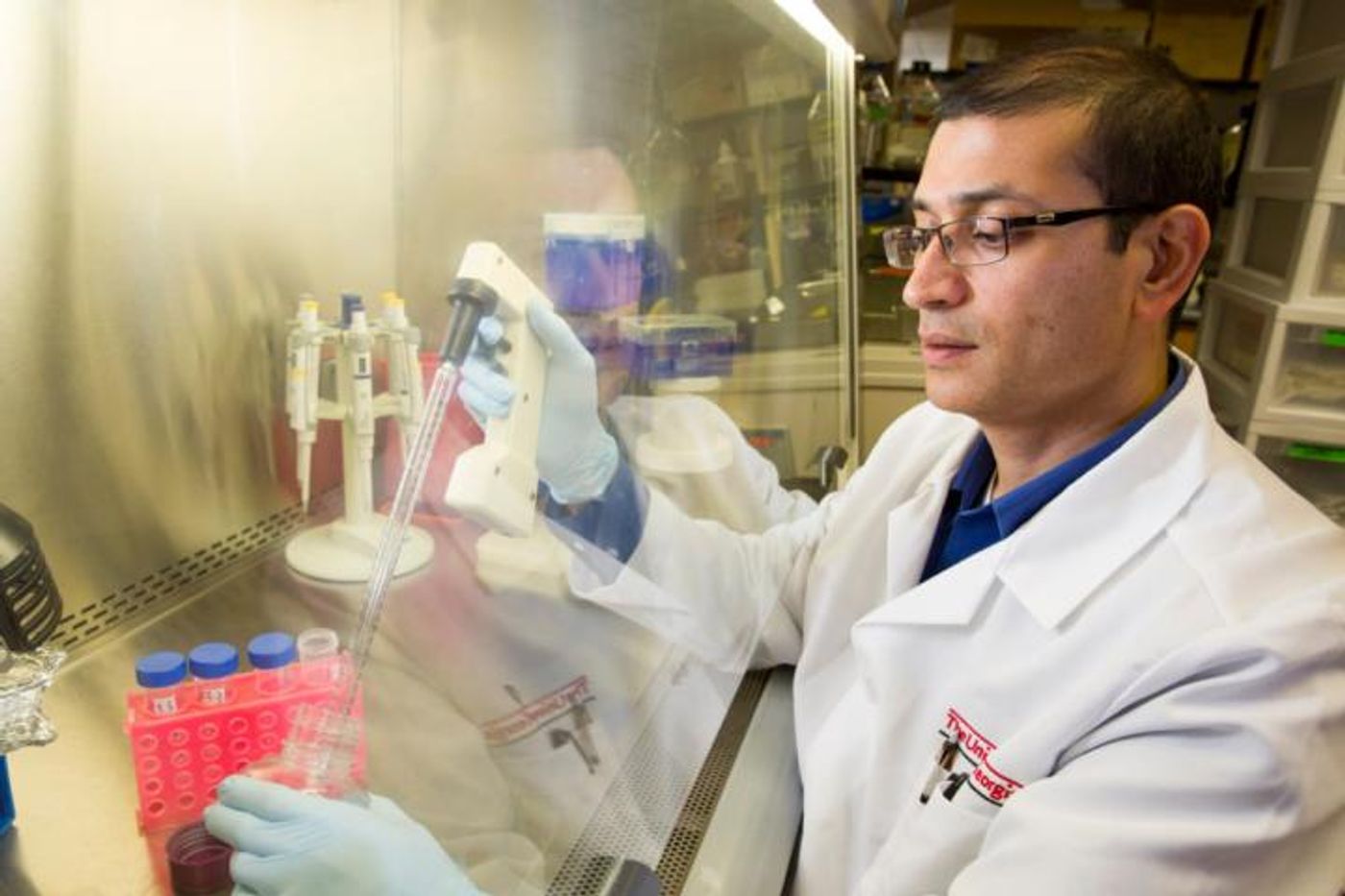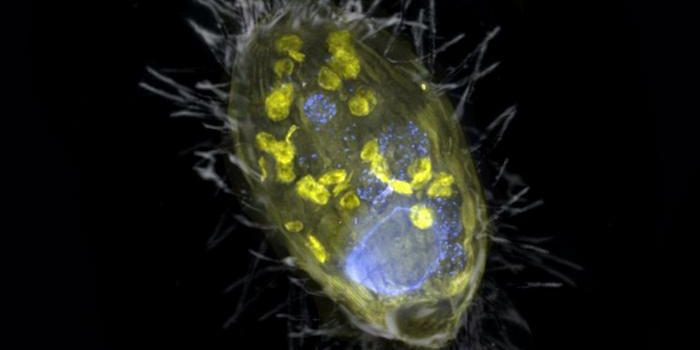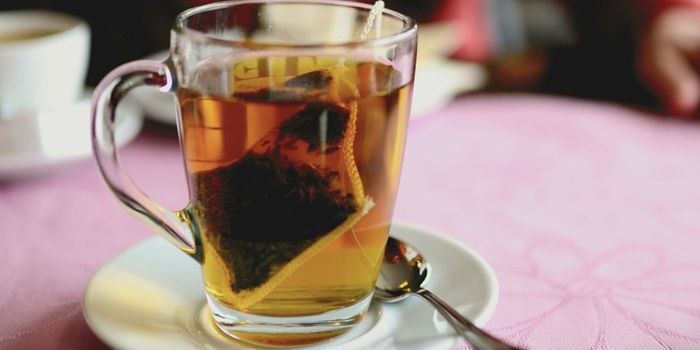Repairing Traumatic Brain Injuries with 'Brain Glue'
Brain injuries are common, costly, and difficult to treat. The brain damage that accompanies a significant traumatic brain injury (TBI) typically involves extensive loss of tissue and long-term disabilities. It's estimated that in 2014 TBI contributed to the deaths of 56,800 people in the United States, and were involved in the emergency room visits of almost 3 million people. Reporting in Science Advances, researchers are now developing a potential new treatment for TBI, a hydrogel they call a 'brain glue.' This gel seems to help stop the loss of brain tissue after a severe injury occurs, and may also help promote restorative processes.
This study has provided visual and functional evidence that brain circuits that play a role in a reach-and-grasp movement are repaired by the brain glue in an animal model of severe TBI.
"Our work provides a holistic view of what's going on in the recovery of the damaged region while the animal is accomplishing a specific reach-and-grasp task," said lead investigator Lohitash Karumbaiah, an associate professor in the University of Georgia's College of Agricultural and Environmental Sciences.
Karumbaiah developed the brain glue 2017 as way to mimic the framework and function of sugar molecules that support brain cells. There are structures in the glue that attach to basic fibroblast growth factor and brain-derived neurotrophic factor, two molecules that help brain cells survive and continue to grow after severe TBI.
Previous work by Karumbaiah's team has shown that the glue was protective. This work accelerated the delivery of the protective factors, improving function and regeneration.
"Animal subjects that were implanted with the brain glue actually showed repair of severely damaged tissue of the brain," said Karumbaiah. "The animals also elicited a quicker recovery time compared to subjects without these materials."
Using a technique that renders the brain tissue transparent, the researchers could get visual confirmation that neurons in the reach-to-grasp circuit were responding to the treatment.
"Because of the tissue-clearing method, we were able to obtain a deeper view of the complex circuitry and recovery supported by brain glue," said Karumbaiah. "Using these methods along with conventional electrophysiological recordings, we were able to validate that brain glue supported the regeneration of functional neurons in the lesion cavity."
Though this work used a rat model, Karumbaiah noted that the circuit in humans is similar. "The modulation of this circuit in the rat could help speed up clinical translation of brain glue for humans," he said.
"This study has been four to five years in the making. Our collaborative research is so painstakingly documented that, after you read about it, you have to believe there is new hope for severe victims of brain injury," said first study author Charles Latchoumane, a researcher in the Karumbaiah lab that also works at NeurRestore in Lausanne, Switzerland.
Sources: AAAS/Eurekalert! via University of Georgia, Science Advances









